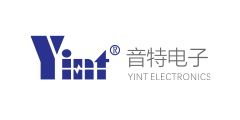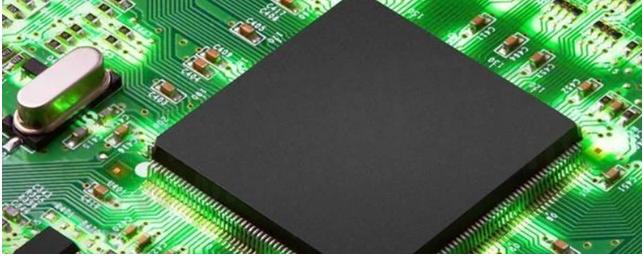What Is The Third Generation Semiconductor?

Third generation Semiconductors usually refer to silicon carbide (SiC) and gallium nitride (GaN). This statement originated from China and is mostly called wide bandgap semiconductor or compound semiconductor internationally.

Fig.1
According to the difference in bandgap width, semiconductor materials can be divided into the following four generations.
1. The first generation of semiconductor materials is represented by elemental semiconductor materials such as silicon and germanium. Its typical application is integrated circuits, mainly used in low voltage, low frequency, low power transistors and detectors.
2. The second generation semiconductor materials are represented by gallium arsenide and indium phosphide (InP). The electron mobility of gallium arsenide material is 6 times that of silicon and has a direct band gap. Therefore, its devices have high-frequency and high-speed optoelectronic properties compared to silicon devices, and it is recognized as a very suitable semiconductor material for communications. At the same time, its application in military electronic systems is becoming increasingly widespread and irreplaceable.
3. The third generation semiconductor materials refer to Group III nitrides (such as gallium nitride (GaN), aluminum nitride (AlN), etc.), silicon carbide, oxide semiconductors (such as zinc oxide (ZnO), gallium oxide (Ga2O3), calcium Wide bandgap semiconductor materials such as titanium (CaTiO3), etc.) and diamond. Compared with the first two generations of semiconductor materials, the third generation of semiconductor materials has a large bandgap and superior properties such as a high breakdown electric field, high thermal conductivity, high electron saturation rate, and strong radiation resistance.
4. The fourth generation semiconductor refers to ultra-wideband gap semiconductor materials such as gallium oxide (Ga2O3), diamond (C), and aluminum nitride (AlN), as well as ultra-narrow band gap semiconductors such as gallium antimonide (GaSb) and indium antimonide (InSb).
Features
Compared with the first and second generation semiconductors, the third generation semiconductors have the characteristics of high power, high frequency, high pressure, and high temperature resistance, and are ideal for use in emerging fields such as new energy vehicles, 5G base stations, photovoltaic energy storage, and data centers. Material.
Compared with silicon-based devices, power devices made of silicon carbide materials show better physical properties in high-voltage scenarios and have been widely used in new energy vehicle inverters and photovoltaic inverters.
Gallium nitride materials can be made into power, radio frequency, and optoelectronic devices, depending on their epitaxial layer structure. Gallium nitride power devices often use silicon substrates, and are now widely used in the consumer charger market; radio frequency devices mostly use silicon carbide materials as substrates, which are very suitable for 5G base stations, military radars, and other scenarios; in terms of optoelectronic devices, sapphire substrates are used LEDs made of gallium nitride are already very mature.
Development Trends
●Silicon carbide substrate can be used to prepare silicon carbide power devices and gallium nitride radio frequency devices and is regarded as the core raw material of the third generation semiconductor. However, it is currently limited by the PVT growth method, which makes mass production very difficult. Manufacturers such as Wolfspeed are promoting 6 inches to 8 inches. In addition, emerging growth methods such as liquid phase methods are also developing.
●Compared with optoelectronics and radio frequency applications, the gallium nitride power market has just started. It is transitioning from consumer electronics to industrial fields such as data centers and photovoltaic energy storage, and then entering the automotive market. The future development prospects are huge.
- +1 Like
- Add to Favorites
Recommend
- Spotlight on the Next Generation of Semiconductor Test Solutions at SEMICON Taiwan
- Chroma Showcases Semiconductor Advanced Manufacturing Measurement Technology at SEMICON TAIWAN 2022
- Research Report on the Application of Linear Motors in the Semiconductor Industry
- The Application Solution of Wuhan Core Source Semiconductor CW32L083 in Intelligent Gas Meters
- Chroma ATE Showcases Advanced Test Technology to Propel the AI Revolution at SEMICON Taiwan 2023
- Chroma ATE Exhibits Test Solutions to Drive the AI Revolution at SEMICON China 2023
- Smiths Interconnect Participated in SEMICON Taiwan September 4-6, 2024
- Adcol and Sekorm Announced a DistributorAgreement That Brings Semiconductor Dehumidifiers, Semiconductor Air Conditioners and More
This document is provided by Sekorm Platform for VIP exclusive service. The copyright is owned by Sekorm. Without authorization, any medias, websites or individual are not allowed to reprint. When authorizing the reprint, the link of www.sekorm.com must be indicated.






























































































































































































































































































































































































































































































































































































































































































































































































































































































